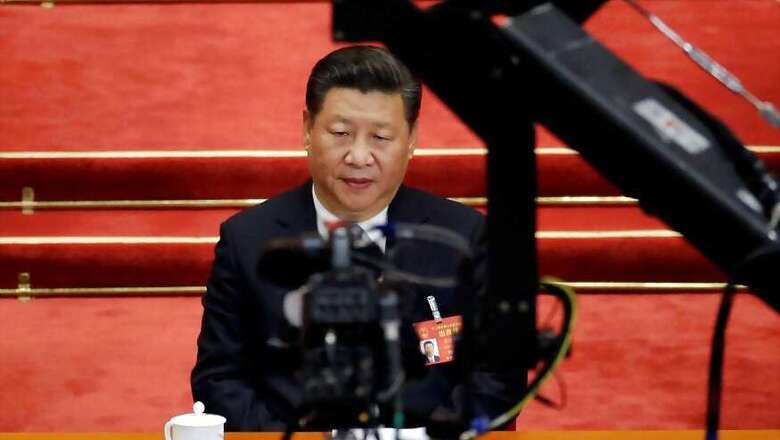
views
Beijing: A video of an American father telling his daughter bedtime stories about the Chinese president's signature project. A music clip with children singing about sharing "the goodness." A cartoon of a whisky bottle riding a train.
The clips are aimed squarely at a foreign — rather than a domestic — audience, appearing on Facebook, Twitter and YouTube — all of which are blocked in China.
In the first episode, he used a map and Lego blocks to explain how the multi-billion-dollar plan would help move goods around the world more easily.
"It's China's idea, but it belongs to the world," Nilsson tells his daughter before turning the light off in her bedroom.
"The Belt and Road series was fundamentally natural because it's essentially how she and I actually talk before I take business trips," he said.
But analysts also see it as an effort by China to project soft power and take the mantle of globalisation as the US turns inward under President Donald Trump's "America First" policies.'Future's Coming Now'
Another cartoon, called "Bon Voyage, Whisky," followed the 20-day journey in April of a whisky bottle riding the first rail freight service linking Britain to China.
"The future's coming now, the Belt and Road is how; we'll share the goodness now, the Belt and Road is how," the chorus goes.
The videos try "to convince people outside of China that this policy is a good one that works for everybody," said Li Yang, assistant professor of marketing at the Cheung Kong Graduate School of Business.
"The notion of a 'bedtime story' is very likely simply a means of 'sweetening' or removing any perceived aggression or threat that some may feel about the OBOR initiative," she said.'Harmonious Leader'
It is not the first time that China features foreigners in videos to promote a government programme.
"This is part of a larger trend in which Chinese state media are trying to reach a global audience," said Manya Koetse, who tracks social trends in China as editor of What's on Weibo.
"Chinese propaganda in 2017 is not like Chinese propaganda in 1997. It is developing along with the trends of its time, serving slick bite-size videos to people on their mobile phones, with music and narratives that suit the audiences of today," Koetse told AFP.

















Comments
0 comment